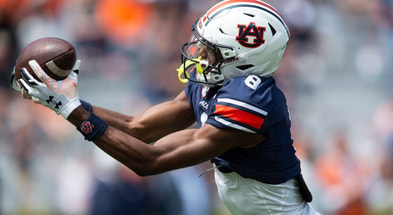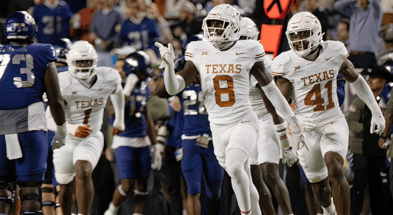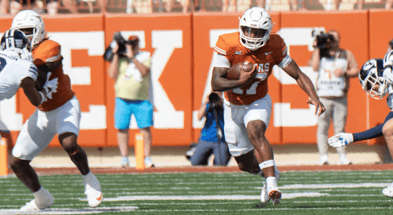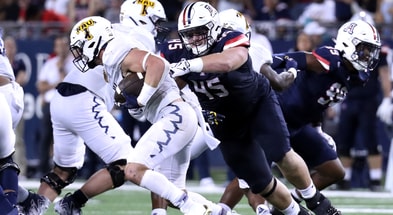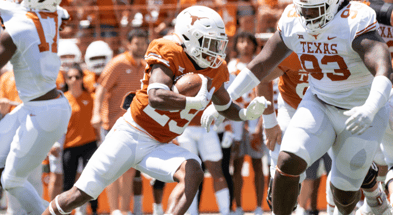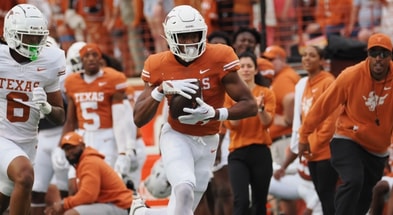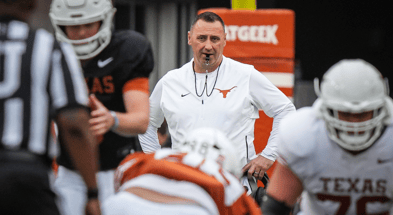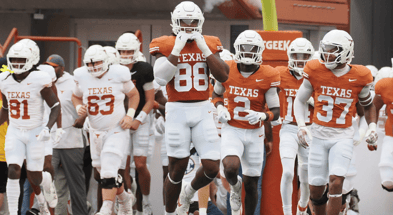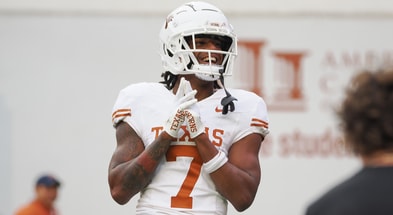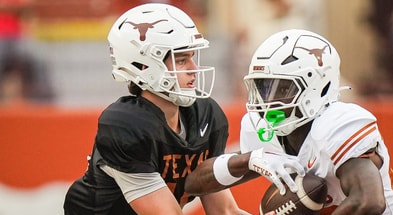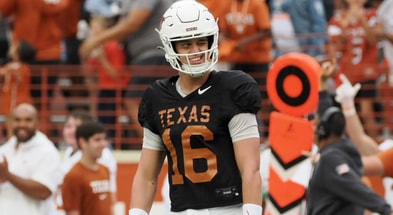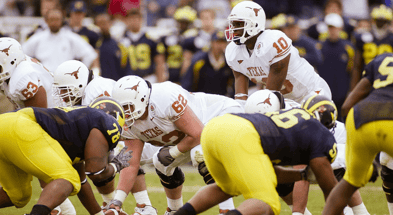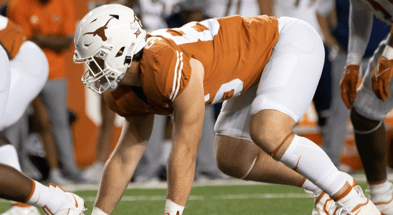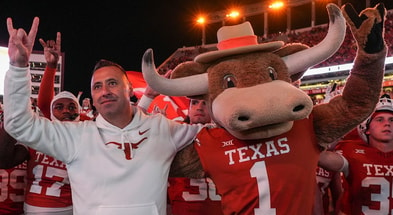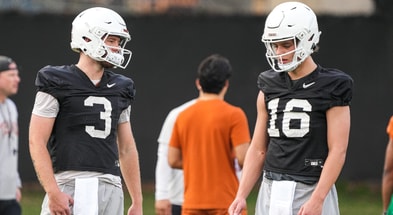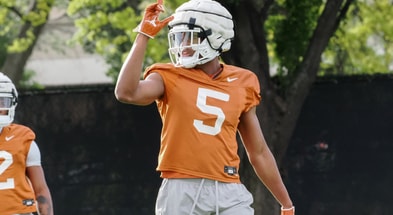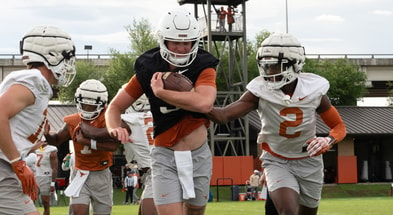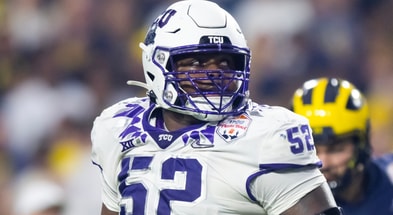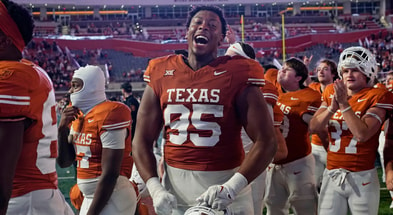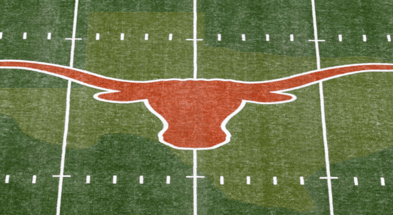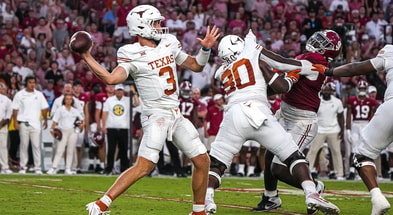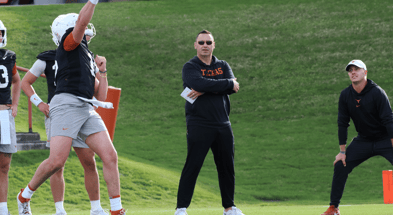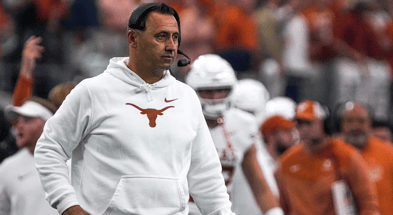Changes on Texas' special teams gives younger players opportunities
Local media only gets a handful of minutes to observe Texas Longhorns football practice when allowed in. Any change to what is normally seen is notable, and UT head coach Steve Sarkisian and special teams coordinator Jeff Banks made a significant structural alteration to the special teams periods that are open to media viewing.
[Get a 50% off an Inside Texas Plus subscription!]
Last year, plenty of starters for the Longhorns also played on special teams units. During special teams periods in practice in 2021 and the spring of 2022, those players received the bulk of the reps. That left many newcomers and younger players standing on the sidelines or scrounging for third-string special teams opportunities.
That’s different this preseason camp. Banks and Sarkisian decided to create four different special teams platoons — orange, blue, green, and red — in order to spread reps around and give some of the younger players on the team opportunity to earn playing time in the game’s third phase.
“I felt like a year ago we were relying on too many front-line starters on too many special teams,” Sarkisian said on Thursday. “Meaning, I’m a starting Will linebacker but I’m starting on three or four special teams. That’s too many.”
“We want all of our starters to have an impact on special teams: one, maybe two. To do that, we need to develop our younger players so that they can have an impact and that we can trust them on teams. The only way to do that is to give them real competitions. That’s why, essentially for the first 10 practices, we will have four teams competing against one another.”
Evidence of the benefits of the new platoon strategy was seen at punt return. Mainstays like Xavier Worthy were back deep during the viewing period, but so too was a true freshman in Savion Red. The Grand Prairie product looked right at home fielding punts.
Though he likely won’t unseat Worthy or D’Shawn Jamison, Red receiving reps as the punt returner is an example of Texas coaches utilizing data that wouldn’t have been available under the previous system.
“Hopefully that provides opportunities to see guys and give them the opportunity to showcase their ability to get into the three-deep for that next week, then ultimately get into the two-deep for game week,” Sarkisian said.
Last year, Texas finished No. 6 in ESPN’s special teams SP+ rankings, but Banks’ phase still had its share of low points like the rest of the 5-7 Longhorns. Plus, Banks now has to figure out how to replace Cameron Dicker and starting long snapper Justin Mader from last year’s team.
While those position battles will be specialized, Texas hopes its new method of practicing special teams will allow for younger players to earn some playing time. In turn, that could help front-line players stay a little more fresh over the course of a game, something that likely cost the Longhorns in the win column during the 2021 season.
